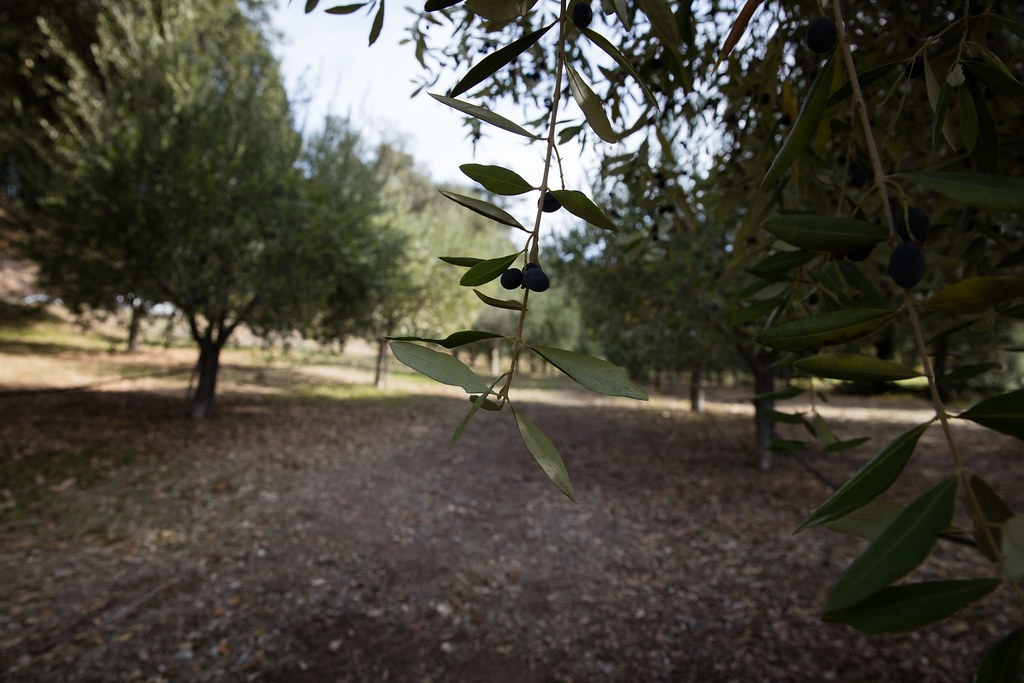MultiCal MGB – Liquid Calcium, Nitrogen, and Magnesium Fertiliser
High-Analysis Liquid Blend for Fruit Development and Crop Quality
A concentrated combination of Calcium, Nitrogen, Magnesium, and Boron designed to strengthen plant structure and improve fruit fill in a wide range of crops.
MultiCal MGB is a high-analysis liquid fertiliser containing 10 % Nitrogen, 17 % Calcium, and 3.8 % Magnesium, with added Boron and trace elements (Zinc, Iron, Manganese, Copper).
This formulation supports stronger cell wall development, better nutrient transport, and improved fruit quality during critical growth and fruit-fill stages.
Fully water-soluble and plant-available, it provides rapid uptake and visible results across fruit, vegetable, and orchard crops.
MultiCal MGB’s free-flowing formulation allows compatibility with a wide range of agricultural sprays, making it easy to integrate into existing nutrition programs.
Uses:
| Component | % W/V (Australia) | % W/W (International) |
|---|---|---|
| Nitrogen (as Nitrate + Urea) | 10.0 (8.1 + 1.9) | 6.7 (5.4 + 1.3) |
| Calcium (as Nitrate + Chloride) | 17.0 (11.6 + 5.4) | 11.3 (7.7 + 3.6) |
| Magnesium (as Chloride) | 3.8 | 2.5 |
| Zinc (as EDTA Complex) | 0.02 | 0.013 |
| Iron (as DTPA Complex) | 0.02 | 0.013 |
| Manganese (as EDTA Complex) | 0.016 | 0.011 |
| Copper (as EDTA Complex) | 0.002 | 0.0007 |
| Boron (as EDTA Complex) | 0.2 | 0.13 |
| Property | Value |
|---|---|
| Colour | Light Green |
| Specific Gravity (S.G.) | 1.48 – 1.52 |
| pH Range | 2 – 3 |
| Specification | Value |
|---|---|
| Application Methods | Foliar spray, fertigation, or aerial application |
| Sizes Available | 20 L | 200 L | 1000 L |
| Country of Manufacture | Australia (AgroBest Nutritional Systems) |
| Compliance | Environmentally safe trace element fertiliser |
| Crop Type | Rate / ha | Dilution | Application Timing |
|---|---|---|---|
| Avocados | 5 L | 1:100 | Monthly from flowering to end of fruit development |
| Brassicas | 6 L | 1:50 | Fortnightly before head formation |
| Cereals & Legumes | 3 – 5 L | 1:50 | With crop sprays to assist growth and prevent deficiency |
| Citrus | 4 – 8 L | 1:100 | Prior to bloom and petal fall; repeat as required |
| Cucurbits | 2 – 5 L | 1:75 | Prior to flowering; repeat regularly |
| Field Crops | 3 – 5 L | 1:50 | With compatible sprays – aerial use approved |
| Leafy Greens | 3 L | 1:100 | Fortnightly before head formation |
| Olives & Nuts | 3 – 5 L | 1:100 | From fruit set onwards monthly |
| Stone & Pome Fruit | 5 L | 1:150 | Post-blossom weekly through season |
| Tropical Fruit | 2 – 4 L | 1:200 | Before bloom; repeat as required |
| Turf | 100 mL/100 m² | 1:20 | As required to correct deficiencies |
| Vegetables | 4 – 6 L | 1:100 | Monthly tank mix applications |
| Grape Vines | 2 – 4 L | 1:100 | Before flowering and during fruit set |
| File | Title | File Description | Type | Section |
|---|---|---|---|---|
| Multical_MGB_2022.pdf | MultiCal MGB | Trace Elements Fertiliser. Directions detailed on product label | Catalogue | Document |
URGENT FERTILISER SUPPLY UPDATE – MAP & DAP SHORTAGE
This summer cropping season is facing unprecedented challenges in fertiliser supply. Availability of MAP fertiliser (monoammonium phosphate) and DAP fertiliser (diammonium phosphate) is expected to remain extremely limited worldwide, with serious implications for growers planning their nutrient programs.
Since 2021, China has imposed strict quotas and inspection rules on phosphate fertiliser exports to protect domestic prices and safeguard food security.
The impact has been dramatic:

Although Morocco, Russia, the USA, and Saudi Arabia also produce MAP and DAP, they cannot offset the sharp drop in Chinese exports.
The result is:
For olive growers and other professional producers, the impacts are already being felt:
Do not wait for traditional ordering windows. Place orders immediately and consider forward contracting for next season. Securing current pricing now helps protect your operation against higher costs and potential shortages later.